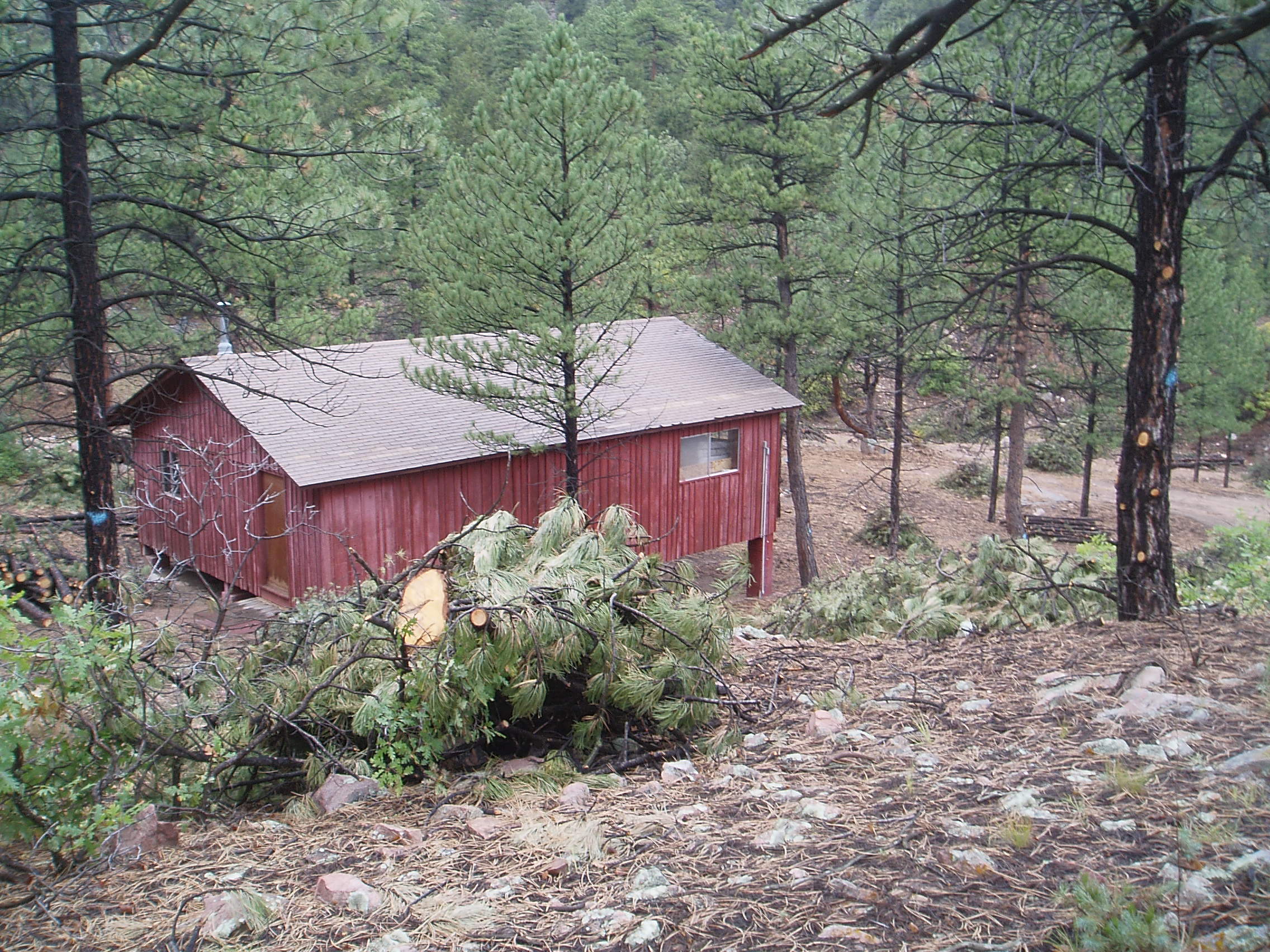Fire Adapted Communities

More than 70,000 communities and 46 million homes are at risk from wildfire in the wildland urban interface (WUI) – where undeveloped wildland and the built environment meet. Over the last ten years, more than 35,000 structures were destroyed by wildfires – an average of 3,500 a year.
Reducing risks on a variety of front before a wildfire can help communities live with wildfire without extensive wildfire suppression efforts. These fire adapted communities can experience a wildfire without loss of life or property.
Though the U.S. Forest Service developed, supports and promotes fire adaption, it’s everyone's responsibility. There's no silver bullet to becoming a fire adapted community. Fire adaptation happens when the community comes together to identify risk, mitigate it, and maintain the work over time.

Fire adaptation is not a recognition program and it’s not a checklist. A community doesn’t achieve “fire adapted community” status or certification because the work to reduce wildfire risk never ends.
Ready to get started in your community? Consider these tools:
A local multi-jurisdictional community group to share responsibility. This core group develops trusted relationships with others to promote understanding of fire adaptation. Research indicates face-to-face communications with trusted community leaders is the best way to share information and get residents to take action.
A community wildfire protection plan (CWPP) to identify where wildfire risk exists, outline ways to reduce or mitigate that risk, and help do the risk reduction work on the ground. It’s not enough to have a CWPP, it must be implemented and updated. The actions must be accomplished and maintained. Read: Best Management Practices for Creating a Community Wildfire Protection Plan.
Hazardous fuels treatments inside and around the community on public and private lands. This includes prescribed fire and mechanical removal of vegetation so wildfires don't have enough fuel to become catastrophic. A buffer around a community and reduced fuels inside the community keep wildfires at bay and provide safe zones for residents and firefighters alike. Prescribed fires involve smoke, so it's important residents understand the benefits of fuel treatments for reducing the risk of large wildfires. More information at USFS Prescribed Fire and The Fire Learning Network.
A local fire department or fire protection association plays a big role in reducing risk from wildfire and being ready to respond should a wildfire occur. Research shows that firefighters are a trusted authority who can bring community members together in risk reduction actions on the ground. Fire departments and sheriffs are critical to evacuation training, designation of safe zones and evacuation routes, and promotion of wildfire prevention messaging. More information at Ready, Set, Go!
Creating defensible space around structures means removing flammable fuels like wood piles, unmown dry grass, lawnmowers and gas, outdoor furniture and propane tanks and clearing leaves and needles from gutters and roofs. Defensible space provides a buffer for the structure and a place for firefighters to do structure protection if the home is defensible. More information at Firewise and Living with Wildfire.
Resilient structures are less susceptible to ignition from embers – the primary cause of structure loss. A resilient structure, for instance, is constructed of less flammable materials, has a class “A” roof (not a cedar shake roof or siding), has metal screen over eave vents, and under decks. More information at Wildfire Disaster Safety
Building codes and ordinances can define best practices for construction and location of new development in a community and outline resilient materials. For instance, some communities don’t allow cedar shake roofs, siding, or fencing in high risk areas. Others restrict new developments in areas where it’s difficult to protect structures from wildfires. Codes and ordinances are location specific and designed to meet local needs. Not every community has the capacity or funding to develop, implement, or enforce codes and ordinances.

